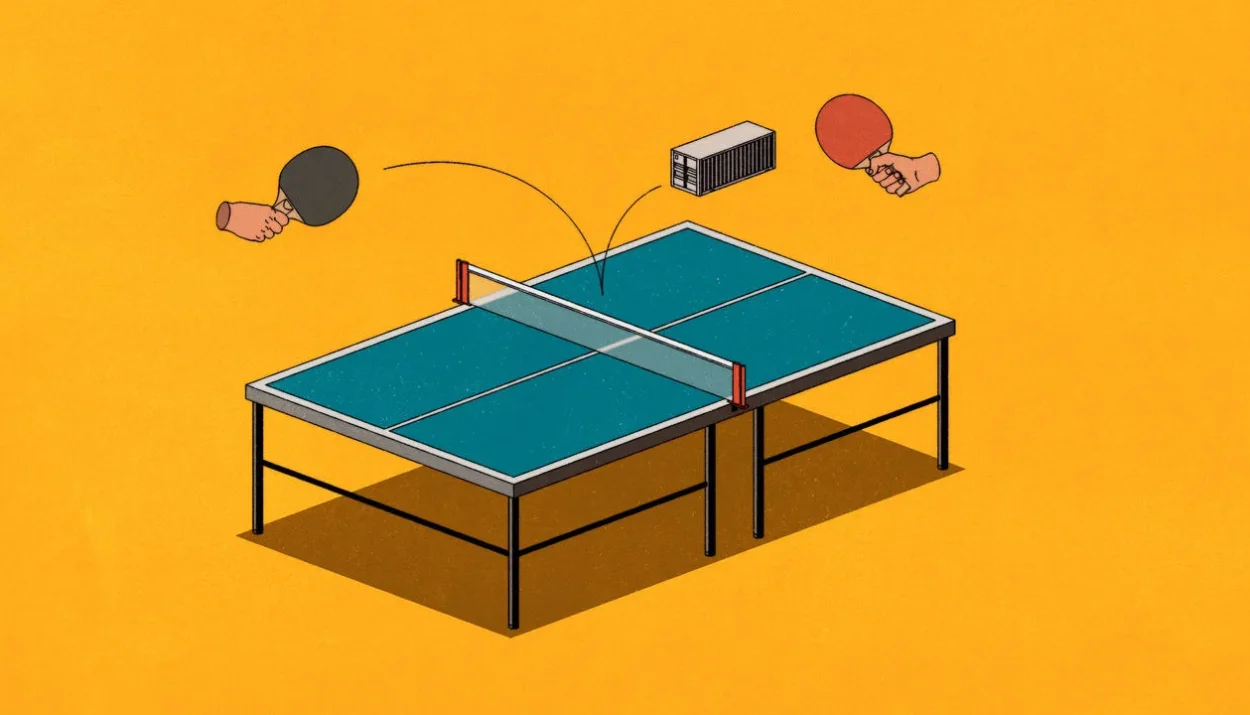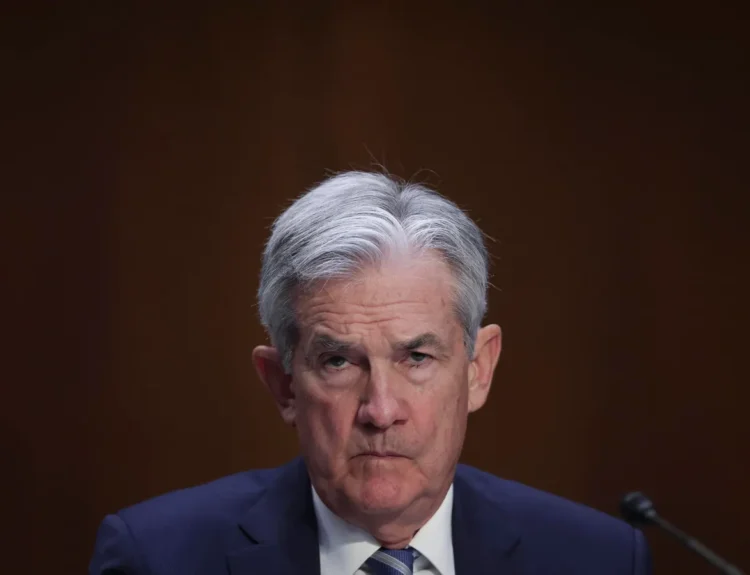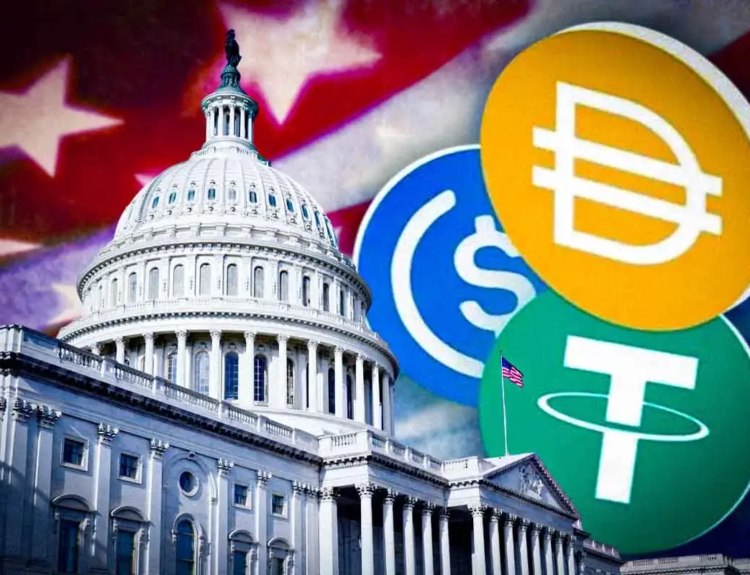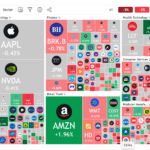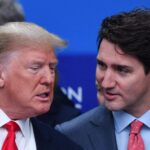Usually. But the bigger problem is that tariffs harm economic growth and innovation…
Tariffs, which are taxes imposed on imported goods, have long been a tool for governments to protect domestic industries and generate revenue. However, their impact on the economy is multifaceted and often detrimental.
Inflationary Effects of Tariffs
When tariffs are applied to imported goods, the immediate consequence is an increase in the cost of these goods for consumers. Importers facing higher costs due to tariffs typically pass these expenses onto consumers through elevated prices. This surge in prices contributes directly to inflation, diminishing consumers’ purchasing power. For instance, during previous tariff implementations, certain consumer goods experienced price hikes, underscoring the inflationary pressure tariffs can exert.
Broader Economic Implications
Beyond fueling inflation, tariffs can stifle economic growth and hinder innovation. By imposing additional costs on imports, tariffs disrupt established supply chains, leading to inefficiencies and increased production expenses. This disruption can deter investment and slow down economic expansion. Moreover, by shielding domestic industries from international competition, tariffs may reduce the incentive for these industries to innovate and improve efficiency, potentially leading to stagnation.
Conclusion
While tariffs might offer short-term protection to specific domestic sectors, their long-term consequences often include higher consumer prices, suppressed economic growth, and a decline in innovation. Policymakers must carefully weigh these potential drawbacks when considering the implementation of tariffs.
Sources:
Trump’s tariffs on Canada, Mexico and China could mean higher inflation and economic disruption


